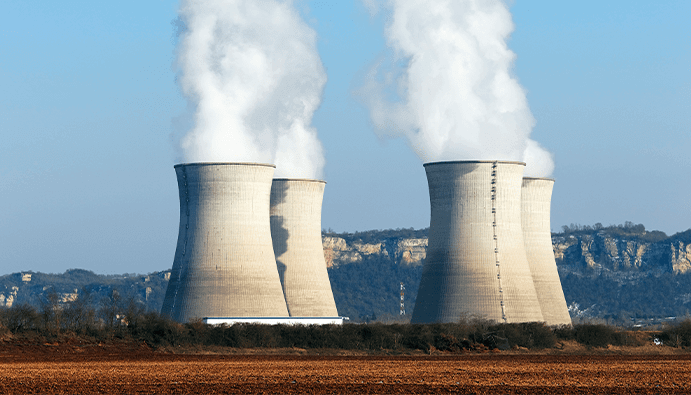
BLOG
KATEGORİDEKİ DİĞER YAZILAR

The main sources of air pollution are hydrogen sulphide, ammonia, carbon monoxide, nitrogen oxides and sulphur dioxide. Sulfur compounds are the most damaging to various materials. Sulfur oxides accelerate metal corrosion by forming sulfuric acid in the atmosphere and on metal surfaces. Sulfur dioxide is the most harmful pollutant causing metal corrosion. Sulfurous and sulfuric acids damage a wide range of building materials, including limestone, marble and roofing board.
Sulfur dioxide is the main gaseous sulfur oxide emission from coal combustion. Sulfur dioxide is one of the most abundant air pollutants released into the air, accounting for about 80 percent of total emissions.
SO₂ is a colorless gas known for its flammable and toxic properties. It is commonly emitted into the atmosphere in industrial activities, especially power plants, cement factories and metal production facilities.
Environmental and Health Impacts of SO₂:
Regular monitoring of SO₂ emissions is essential to reduce environmental impacts and protect public health.
In SO₂ measurement, both classical chemical methods and modern technological devices are used. Here are the most commonly used methods:
1. Isokinetic Sampling Method: This method involves sampling emissions from stationary sources and measuring SO₂ by chemical analysis.
2. FID (Flame Ionization Detector) and NDIR (Non-Dispersive Infrared) Methods: NDIR utilizes the light absorption properties of SO₂ at specific wavelengths.
3. FTIR Spectroscopy (Fourier Transform Infrared): FTIR measures SO₂ by analyzing the absorption of emission gases at infrared wavelengths.
4. EPA Method-6 Method: Method-6, established by the American Environmental Protection Agency (EPA), involves analyzing SO₂ by absorbing it from the gas mixture into the liquid phase. It is widely used in industrial facilities. Preferred for compliance with environmental regulations.
This standard specifies the performance characteristics of automated measurement systems for the continuous determination of mass concentrations of sulfur dioxide in stationary source emissions. ISO 7935 presents extractive and non-extractive methods of measuring sulfur dioxide. Both of these methods allow for zero setting and the collection of calibration gases and samples for comparison. When comparing the results obtained with these methods, it is necessary to know the water content of the flue gas in order to correct the stack value to the dry gas value.
TS ISO 7935 Point source emissions - Determination of the mass concentration of sulfur dioxide - Performance characteristics of automatic measurement methods.
Nanolab Laboratories Group continues to provide services within the scope of Stationary Source Emissions. We also provide services in Emission - Imission Measurements.
Contact us for more information.
You can follow us on LinkedIn for up-to-date news and posts about our services.
Follow our Instagram account to be informed about our latest blog posts.